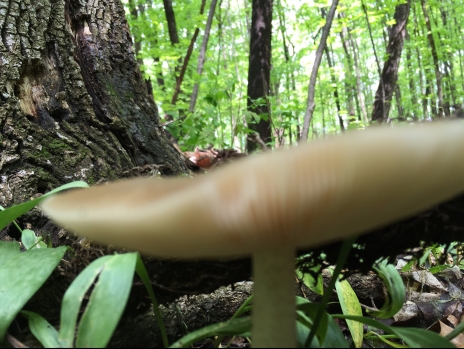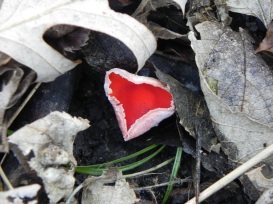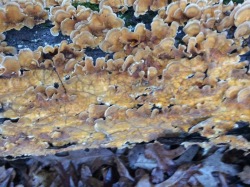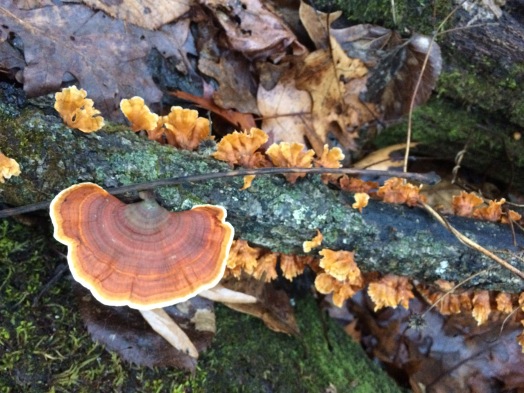Aleuria aurantia – Orange Peel Mushroom
![IMG_1549[1]](https://fungalindupagecounty.wordpress.com/wp-content/uploads/2017/10/img_15491.jpg?w=203&h=271)
Although bright orange, its easy to miss these cup mushrooms especially once the leaves have fallen. Just 3/4 -4″ in size, according to the National Audubon Field Guide to North American Mushrooms, Aleuria aurantia are found throughout North America in groups or clusters on both hard and disturbed soil including roadsides, gardens, lawns and landslides.

Although Aleuria aurantia can be seen from May through October these were found just a week or two ago. The flesh is brittle and is paler in color on the outside then inside the cup.
Contributed by Moira OKeefe

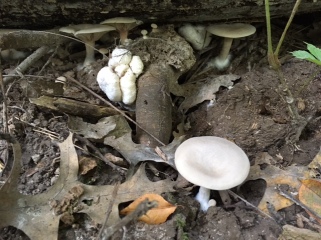
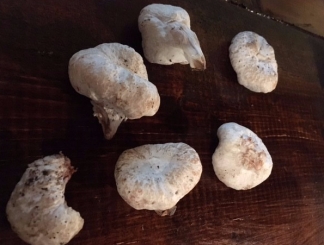
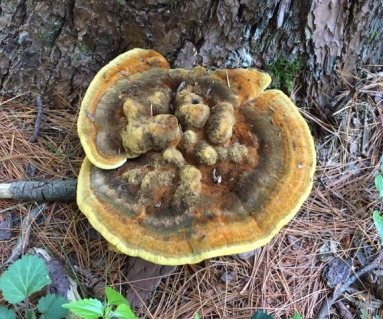



![IMG_0298[1]](https://fungalindupagecounty.wordpress.com/wp-content/uploads/2017/06/img_02981.jpg?w=240&h=320)
